Chemistry The Molecular Nature of Matter Jespersen 7th Edition Test Bank
$35.00
Chemistry The Molecular Nature of Matter Jespersen 7th Edition Test Bank
Chemistry The Molecular Nature of Matter Jespersen 7th Edition Test Bank
Chemistry The Molecular Nature of Matter Jespersen Hyslop 7th Edition Test Bank
*** YOU ARE BUYING the Test Bank ***
Name: Chemistry The Molecular Nature of Matter
Author: Jespersen Hyslop
Edition: 7th
Type: Test Bank
– there’s a very high chance that you will see a very similar, if not exact the exact, question in the test!
– .doc, .padf, excel, or zipped in the package and can easily be read on PCs and Macs.
– Delivery is INSTANT. IMMEDIATELY once payment is done.
If you have any questions, please feel free to contact us. Our response is the fastest. All questions will always be answered in 6 hours., most of the time within 30mins
We also faced similar difficulities when we were students, and we understand how you feel.
But now, with the Chemistry The Molecular Nature of Matter Test Bank, you will be able to
* Anticipate the type of the questions that will appear in your exam.
* Reduces the hassle and stress of your student life.
* Improve your studying and also get a better grade!
* Get prepared for examination questions.
*Can save you time and help you understand the material.
This is the quality of service we are providing and we hope to be your helper.
Test Bank is accurate.
Prepare to receive your Chemistry The Molecular Nature of Matter Test Bank in the next moment.
If you have any questions, or would like a receive a sample chapter before your purchase, please contact us at [email protected]
Chemistry The Molecular Nature of Matter Test Bank
Chemistry The Molecular Nature of Matter Jespersen Hyslop 7th Edition Test Bank
Chapter 2
Elements, Compounds, and the Periodic Table
Multiple Choice Questions
Section 2.1
Difficulty Level: easy
1. All of the following are alkali metals except
a. Sr
b. Na
c. Fr
d. Cs
e. Rb
Answer: a
Section 2.1
Difficulty Level: easy
2. Which element is a halogen?
a. Te
b. O
c. Se
d. Uuh
e. I
Answer: e
Section 2.1
Difficulty Level: easy
3. Each statement accurately describes the noble gases except for which one?
a. They were once known as the inert gases.
b. He, Ne, Ar, Kr, Xe, Rn, and Uuo are part of the group.
c. Their heavier elements do react with other elements.
d. They belong to group VIIIA (or 18).
e. They contain at least one metalloid.
Answer: e
?
Section 2.1
Difficulty Level: easy
4. The transition metals take up ___ periods of the periodic table.
a. 2
b. 3
c. 4
d. 1
e. 5
Answer: c
Section 2.1
Difficulty Level: easy
5. In which family of elements does Ca belong?
a. alkali metals
b. alkaline earth metals
c. halogens
d. noble gases
e. transition metals
Answer: b
Section 2.1
Difficulty Level: easy
6. The elements in a column of the periodic table are known as
a. metalloids.
b. a period.
c. noble gases.
d. a group.
e. nonmetals.
Answer: d
?
Section 2.1
Difficulty Level: easy
7. The elements in a row of the periodic table are known as
a. metalloids.
b. a period.
c. noble gases.
d. a group.
e. nonmetals.
Answer: b
Section 2.1
Difficulty Level: easy
8. Which of these elements have the most chemical properties that are similar to sulfur?
a. calcium
b. oxygen
c. phosphorus
d. bromine
e. nitrogen
Answer: b
Section 2.1
Difficulty Level: easy
9. Which of these elements have the most chemical properties that are similar to magnesium?
a. calcium
b. sodium
c. aluminum
d. iron
e. cesium
Answer: a
?
Section 2.1
Difficulty Level: easy
10. Which of these elements have the most chemical properties that are similar to silicon?
a. aluminum
b. phosphorus
c. nitrogen
d. silver
e. germanium
Answer: e
Section 2.2
Difficulty Level: easy
11. Some elements have properties that lie between true metals and true nonmetals. These elements are known as:
a. metals
b. nonmetals
c. halogens
d. alkaline earth metals
e. metalloids
Answer: e
Section 2.2
Difficulty Level: easy
12. Which metal is a liquid at room temperature (about 25oC)?
a. hydrogen
b. bromine
c. tungsten
d. mercury
e. chromium
Answer: d
?
Section 2.2
Difficulty Level: easy
13. Which compound is a gas at room temperature (about 25oC)?
a. hydrogen
b. bromine
c. tungsten
d. mercury
e. chromium
Answer: a
Section 2.2
Difficulty Level: easy
14. Diamond and graphite are different forms of which element?
a. sodium
b. carbon
c. mercury
d. gold
e. calcium
Answer: b
Section 2.2
Difficulty Level: medium
15. Which of the following is not a property of metals?
a. They have a shine called a metallic luster.
b. They are good conductors of electricity.
c. They are generally poor conductors of heat.
d. They can be rolled into thin sheets.
e. Some metals are quite hard, while some are soft.
Answer: c
?
Section 2.2
Difficulty Level: medium
16. Classify the following three elements as a metal, metalloid, or nonmetal: P, Si, Al.
a. P, metal; Si, metalloid; Al, nonmetal
b. P, metal; Al, metalloid; Si, nonmetal
c. Al, metal; P, metalloid; Si, nonmetal
d. Si, metal; Al, metalloid; P, nonmetal
e. Al, metal; Si, metalloid; P, nonmetal
Answer: e
Section 2.2
Difficulty Level: medium
17. Classify the following three elements as a metal, metalloid, or nonmetal: Ti, S, Sb.
a. Ti, metal; S, metalloid; Sb, nonmetal
b. Sb, metal; S, metalloid; Ti, nonmetal
c. S, metal; Sb, metalloid; Ti, nonmetal
d. Sb, metal; Ti, metalloid; S, nonmetal
e. Ti, metal; Sb, metalloid; S, nonmetal
Answer: e
Section 2.2
Difficulty Level: easy
18. Which of these element types are usually tend to be poor conductors of heat and electricity?
a. metals
b. metalloids
c. nonmetals
d. alkaline earth metals
e. alkali metals
Answer: c
?
Section 2.3
Difficulty Level: easy
19. Which of the following is used to represent elemental bromine?
a. Be
b. B
c. 2Br
d. Br2
e. Br
Answer: d
Section 2.3
Difficulty Level: medium
20. Which combination is used to represent molecular hydrogen, and atomic hydrogen, respectively?
a. H2, H
b. He, H-
c. H, H
d. 2H, H+
e. Hy, H
Answer: a
Section 2.3
Difficulty Level: medium
21. Which compound exists as a diatomic molecule in the free state?
a. magnesium
b. managanese
c. silicon
d. arsenic
e. chlorine
Answer: e
?
Section 2.3
Difficulty Level: medium
22. Which compound exists as a diatomic molecule in the free state?
a. C
b. N
c. Ga
d. Ge
e. P
Answer: b
Section 2.3
Difficulty Level: medium
23. Which compound exists as a diatomic molecule in the free state?
a. helium
b. fluorine
c. neon
d. argon
e. xenon
Answer: b
Section 2.3
Difficulty Level: medium
24. Which compound is correctly represented as a hydrate?
a. C2H5OH2+
b. MgSO4•7H2O
c. FeH2(CO)4
d. O2S(OH)2
e. [CrCl(H2O)5]Cl
Answer: b
Section 2.3
Difficulty Level: medium
25. Which compound is correctly represented as a hydrate?
a. CuSO4•5H2O
b. HC2H3O2
c. O2S(OH)2
d. H2S2O7
e. C6(H2O)6
Answer: a
Section 2.4
Difficulty Level: medium
26. How many oxygen atoms are in one molecule of Mg(NO3)2?
a. 1
b. 2
c. 3
d. 5
e. 6
Answer: e
Section 2.4
Difficulty Level: medium
27. How many oxygen atoms are in one formula unit of Mg(NO3)2?
a. 1
b. 2
c. 3
d. 5
e. 6
Answer: e
Section 2.4
Difficulty Level: easy
28. How many hydrogen atoms are in one molecule of HC2H3O2?
a. 1
b. 2
c. 3
d. 4
e. 5
Answer: d
Section 2.4
Difficulty Level: easy
29. How many carbon atoms are in one molecule of C6H6?
a. 1
b. 2
c. 4
d. 6
e. 12
Answer: d
Be the first to review “Chemistry The Molecular Nature of Matter Jespersen 7th Edition Test Bank” Cancel reply
Related products
Test Bank


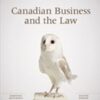
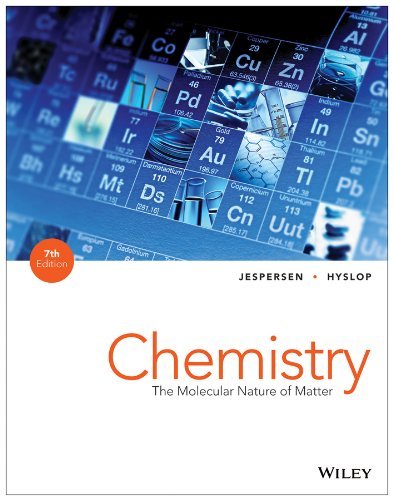
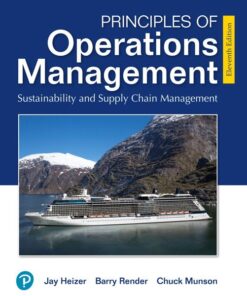
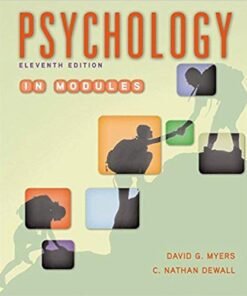
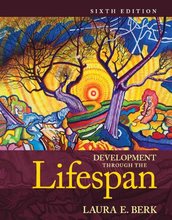
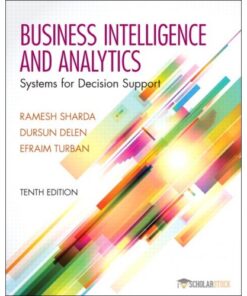
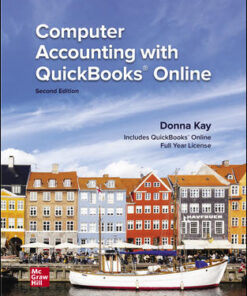

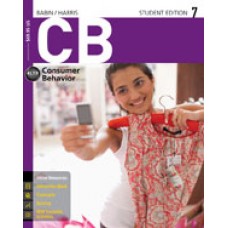
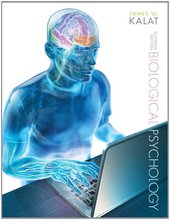
Reviews
There are no reviews yet.